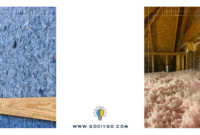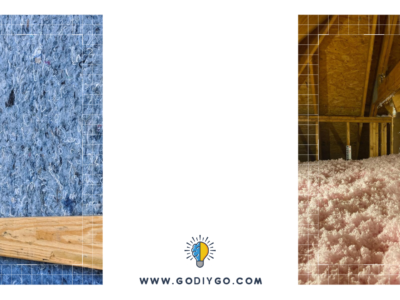The UK is in the midst of an energy crisis at the moment, as the energy price cap has increased for the second consecutive period. On the 1st of April, the price cap increased by 54%, representing a significant uptick in average household expenditure alongside a general increase in the cost of living.
In tough times like these, it is important for households to examine the various ways in which they can cut their costs and mitigate the effects of the crisis. Reducing heat loss in your home is one vital method of doing just that – but many solutions, such as triple-glazed windows and cavity wall insulation, represent significant upfront costs. Thankfully, there are some cheaper and easier DIY solutions you can implement to help reduce heat loss.
Kitchen Floor Insulation
The majority of your flooring will be carpeted, or at the very least, insulated. But many kitchens are much less insulative, by virtue of their solid or wipe-clean floors in the form of tiling, timber, laminates or even flagging. Introducing a layer of insulation can help reduce heat lost to the floor, and also improve your perception of heat in the home; using an appropriate sealant to plug up gaps in your flooring can eliminate draughts, while fibreglass insulation can be introduced from below your kitchen as an additional flooring layer.
Water Pipe Insulation
The pipes that form your central heating’s arterial network can be easily insulated, by adding insulative tubing to any visible and accessible hot water pipes. Doing this can keep your hot water hotter for longer, meaning you can program your heating to turn on less often.
Water pipe insulation can also have a bonus benefit to your heating system. In times where your central heating isn’t used as much – such as the summer months or extended holidays away – the water in your pipes can freeze. If your pipes freeze, this can prevent water from running, and increase the likelihood of leakage or bursting. Insulation can lower the chances of your pipes freezing, protecting you from additional emergency costs in repair.
Draught-Proofing
Lastly, there are a number of measures you can take to draught-proof your home, from small to large. Draught-excluders in front of internal and external doors can make a world of difference to heat perception in the home and can easily be hand-made from pillow covers and shredded old clothes. With a caulking gun, you can hunt around the edges of your windows and external door frames for any signs of draught and plug the gaps you find.
With many older-build homes from the 1960s or earlier, there are storage areas that were once coal storage or pantries; these areas can often be less well-insulated than the rest of the home, and a key source for any draughts. Investigating any cupboard spaces that meet an external wall can help you narrow down the source of your draught.
















